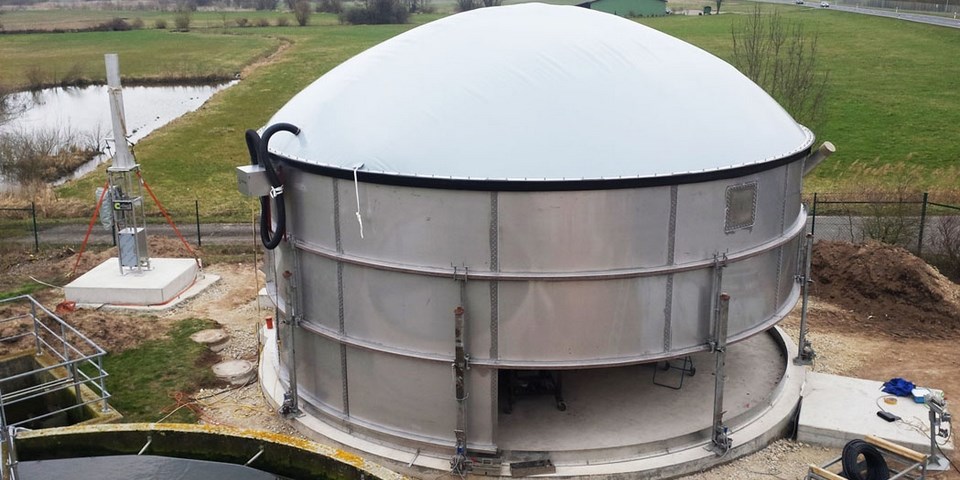The increasing restriction of the agricultural use of sewage sludge is associated with mounting pressure on municipalities and sewage treatment providers. Moreover, the high power needs drive up the expenses of wastewater treatment plants. As a result, the push for more sustainable practices is pushing industrial manufacturers towards innovative approaches that conserve water, use less energy and treat wastewater both more efficiently and effectively. In line with this trend, more companies in key industrial sectors are recognizing the significant potential economic benefits associated with resource recovery projects, specifically anaerobic digestion treatment processes that make beneficial use of waste streams.
In a recent issue of Stainless Steel World Ms Ann Börries from Weltec Biopower presented a case study looking at how anaerobic digestion converts wastewater sludge and organic-based compounds into biogas. This biogas can then be utilized for generating electricity and heat or creating biofuels –renewable energy that can be employed for a number of beneficial end uses. Stainless steel plays in integral role in the process due to the corrosive nature of the media.
Sustainable solution
The administrative partnership
Burgebrach in Bavaria, Germany, is one municipal organisation that has decided to reduce the sludge volume and make use of the sewage gas. The technical operator
SüdWasser GmbH commissioned the biogas plant manufacturer WELTEC BIOPOWER as the general contractor for the setup of an anaerobic digestion unit and the utilisation of the sewage gas for the generation of energy in the combined heat and power (CHP) plant for the existing wastewater treatment plant, which serves a population equivalent of 13,000. In addition to the aerobic treatment stage, the organic material will be subjected to anaerobic treatment.
To ensure optimum treatment of the daily influx of 16 m³ of raw sludge with a dry matter content of 4-4.5%, a specially designed V4A stainless-steel digester has been installed. In it, a diagonally installed long-axis agitator will mix the sludge in order to gently carefully promote the microbiological transformation to methane. With its capacity of 420m³ and a flexible gas storage roof with a storage volume of up to 68m³, the stainless steel bioreactor is large enough to run the CHP plant with its electrical output of 28kW and thermal output of 58kW without any interruptions. The generated power will be used directly at the facilities, and the heat will be employed both for speeding up the digestion process and for use at the sewage treatment plant site.
To read the complete article, please contact Joanne McIntyre for a PDF copy.


